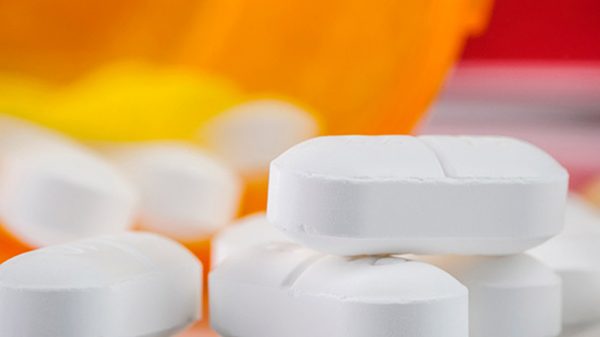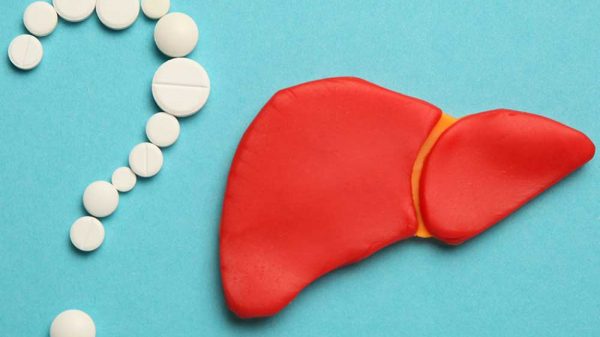Have you been diagnosed with liver cirrhosis? Late-stage liver disease has several stages like the liver disease itself. Fun Fact: The liver is the largest solid organ human body. When people think about liver cirrhosis they often link it to heavy drinking. The American Liver Foundation reports that up to one-fifth of all heavy drinkers develop cirrhosis. This is a serious health condition in which the liver scarring can’t be reversed. However, it’s possible to slow down liver damage. So it’s important to know how long you can live with cirrhosis if you stop drinking. This is important in terms of your overall outlook after being diagnosed.
The life expectancy for patients with late-stage cirrhosis is up to two years. However, there are many factors that affect this figure. They include whether you have alcoholic/non-alcoholic cirrhosis, health complications that the patient develops, and whether or not patients with alcoholic cirrhosis quit drinking or continue drinking beer, wine, or spirits. It’s also worth noting that alcoholic liver disease is the most serious type of the disease so it’s critical to manage it carefully and especially if you’ve been diagnosed with liver cirrhosis. Health experts recommend quitting cold turkey in that case.
What Is Alcoholic Liver Cirrhosis?
The human liver has several functions. They include filtering out toxins, producing bile, and breaking down proteins. When a person drinks heavily over the decades this results in scar tissue starting to replace the liver’s healthy tissue. This condition is known as alcoholic liver cirrhosis when major tissue scarring happens. Over time the liver damage starts affecting the vital organ’s functioning.
Heavy drinking can have a big effect on the liver. It’s estimated up to 100% of heavy drinkers have “fatty liver,” which can lead to fatty liver disease. Meanwhile, up to 20% of high-alcohol drinkers will get cirrhosis over time.
Sometimes liver disease patients develop an infection known as alcoholic hepatitis before getting cirrhosis. However, sometimes fatty liver disease develops directly into alcoholic cirrhosis. This highlights the possible health risks involved with the heavy consumption of alcohol.
Symptoms of ALC usually develop between the ages of 30 to 40. During the early stages, the liver can usually deal with the reduced function. However, as the disease worsens the symptoms will become more severe.
The symptoms of ALC are similar to non-alcoholic cirrhosis and include:
- Itchy skin
- Jaundice (yellowish eyes/skin)
- High blood pressure (liver vein)
ALC results from long-term alcohol abuse. Over time the organ starts losing functionality. This results in the body being unable to filter toxins from the blood and make enough proteins. There are various causes of liver cirrhosis. However, in the case of ALC, the condition is directly linked to alcohol consumption.
There are various risk factors related to ALC. However, heavy drinking is the main cause. This includes people who drink 5+ daily drinks during the past month, for 8+ years.
There are also other factors involved. Enzyme deficiency can increase the risk of ALC. In addition, women are more likely to get diagnosed with alcoholic liver disease. This is due to women having fewer stomach enzymes to break down alcohol molecules.
How Long Can You Live with Cirrhosis If You Stop Drinking?
The average lifespan for late-stage liver cirrhosis is 6 months to 2 years. The life expectancy for those with ALC is 50%. Alcohol-related liver disease is the most serious kind. This highlights the need to ditch alcohol completely if you’ve been diagnosed with liver disease.
One way projected life expectancy is calculated is through the MELD score. This score is also used to determine where liver disease patients will rank on waiting lists for liver transplants if they qualify.
The MELD score shows the risk of death among cirrhosis patients with end-stage liver disease. Results from various lab tests are used to produce the MELD score. This includes different substances like sodium, creatine, and bilirubin.
The MELD scores also help to determine the chance of dying within the next 3 months. So this score provides various benefits for patients and doctors. It creates a clearer picture of the likely life expectancy of the patient. Meanwhile, it also helps to prioritize people awaiting a liver transplant.
The only “cure” for cirrhosis is a liver transplant. That’s because the liver scarring is permanent like skin scars. The process of getting a liver transplant can be difficult and expensive. For example, the average cost of a liver transplant is over $500,000. Another complication is that there are many more transplant seekers than donors.
Here are some MELD scores and mortality risks:
SCORE MORTALITY RISK (3 MONTHS)
- <9 2%
- 10 to 19 6%
- 20 to 29 19%
- 30 to 39 52%
- 40+ 71%
There’s no way to “reverse” cirrhosis, but you can take various steps to slow down its progression including:
- Reducing salt
- Avoiding alcohol
- Use OTC drugs carefully
- Lowering the risk of hepatitis
These steps can help to increase the life expectancy of alcoholic cirrhosis patients. However, the most important step is to stop drinking alcohol completely since it can increase liver damage.
Tips to Treat Cirrhosis Naturally
- Take hepatitis medications. If you have Hepatitis B/C it’s important to take medicines to help control the infection. That’s because these types of hepatitis can cause serious liver damage. There are also vaccines for Hep B/C although not for Hep A.
- Reduce salt intake. There are various reasons why you should consider this option. If you have fluid buildup in the abdomen salt can cause your body to retain fluid, which can lead to this condition (ascites). There are also other possible side-effects high blood pressure in the liver’s vein.
- Stop drinking alcohol. Heavy alcohol is the cause of alcoholic cirrhosis. So it’s critical to stop drinking alcohol ASAP. If you have alcohol addiction there are various treatment programs to help deal with the condition effectively. They include professional therapy, support groups, and detox programs. The human body can only process a small amount of alcohol per hour. The situation becomes worse with heavy drinking. So it’s critical to avoid drinking since it can become toxic for your liver.
- Take medicines for cirrhosis complications.
Late-stage cirrhosis can cause various complications. They include ones like:
- Spider web-like blood vessels
- Yellowish eyes/skin (jaundice)
- Infections (Hepatitis A/B/C)
- Lack of focus/confusion (HE)
- High blood pressure (liver vein)
- Enlarged spleen
These complications can make it tougher to deal with cirrhosis. So it’s important to consider medicines that can help to control symptoms.
The main options are alternative medicines, over-the-counter (OTC) supplements and prescription meds. Make sure to talk to your doctor about your options. One issue is to watch out for “interactions” between different medicines.
- Lose weight. This is especially important for people with non-alcoholic fatty liver disease (NAFLD). However, it can also benefit people with alcoholic liver disease. That’s because fat buildup in the liver can cause more damage after learning how long can you live with cirrhosis if you stop drinking.























